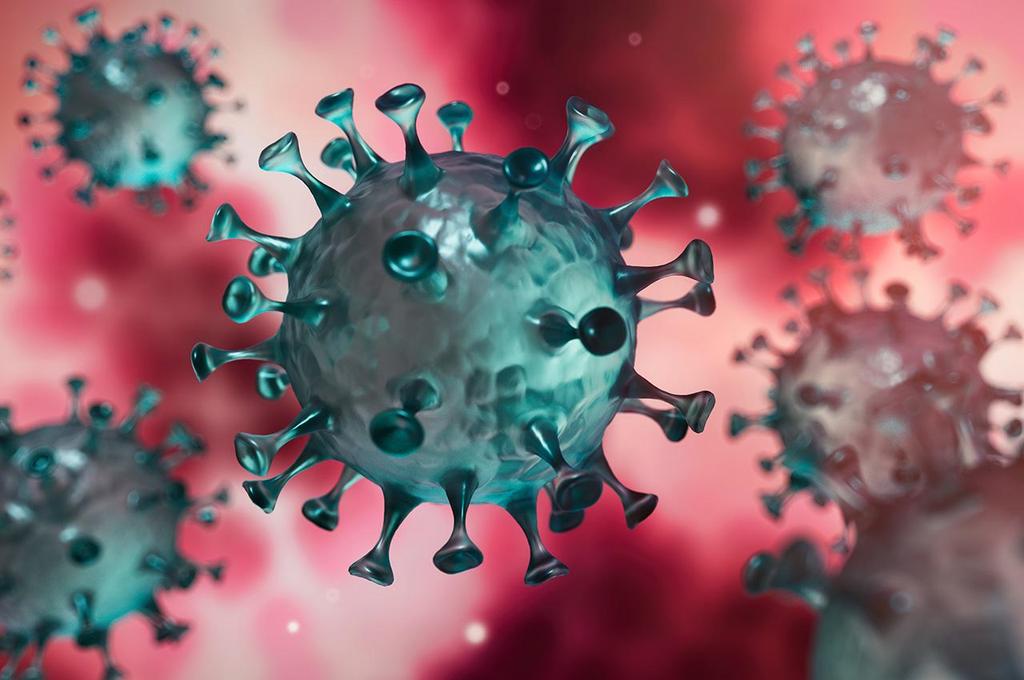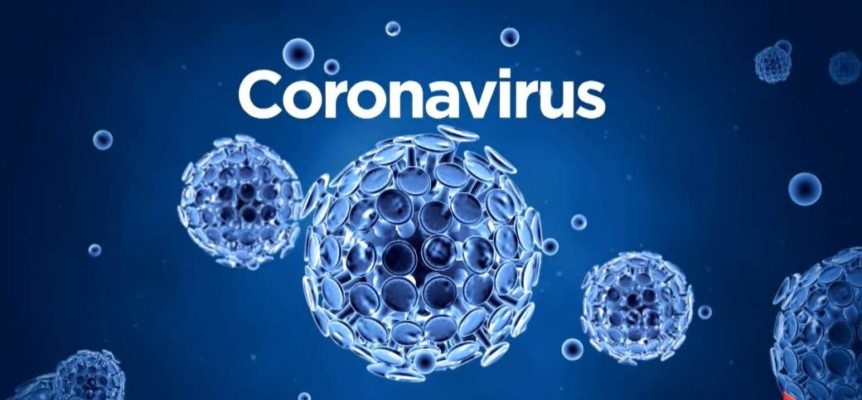The country has lifted the stringent lockdown measures, it was tough closing down most economic activity to survive the Covid-19 pandemic. This is not to say the virus has stopped spreading, the lockdown curbed the exponential spread of infection. The two week life cycle of the condition shows the virus spread to be lowered by lengthy lockdown periods.
With the relaxation of the regulations to control Covid-19 the ball is back in our court to follow the preventative measures, thus preventing the dreaded third wave that has been making the rounds on social media. We need to take seriously, physical distancing, masking up, hand sanitising and adhere to the coughing etiquette.
Institutions should be strict in implementing work timetables that decongest offices and schools. There should not insist on keeping a strict attendance register; if unwell, workers and learners should recover from home.
The probability of a third or repeated wave is ever imminent but with effective control measures in place our individual choices will determine whether we get another spike in cases. Watching the misbehaviour; hugging, hand shaking and non-mask wearing of citizens prowling the streets gets me wondering if people understand the repercussions. Have we already forgotten or dismissed the trouble of being locked-in our homes and the need for a licence to pass road-blocks? Children have gone a full year with insignificant learning taking place, especially in the public schools. We cannot allow a third wave if we can avoid it.
The cliché; “rules are meant to be broken” can send you to your creator, Covid-19 has been merciless to communities that has thrown all care to the wind. Human nature is hard to deal with let alone control. This is dynamic makes vaccines relevant to the fight against the Covid-19 pandemic. There are various classes of vaccines that are being used.
The ultimate goals of the vaccination program are to reduce: severity of infection, rate of hospitalisation and deaths from Covid-19. This is done by making the body recognise the virus upon infection and mounting a defence thus preventing spread and symptom severity in the infected. Without vaccination the Covid-19 infections spreads before the body recognises and mounts a defence.
There has been 3 modes of action used in the design of the vaccines; inactivated virus, mRNA and viral vector vaccines. Inactivated vaccines use a pathogen that has been modified so that it cannot replicate to stimulate our immune system. They are safe because they cannot cause disease. However, booster doses may be necessary. Vaccines that make use of the entire pathogenic virus are called whole virus vaccines. The COVID-19 vaccines that Sinovac, Sinopharm, and Bharat Biotech have developed are inactivated vaccines.
Messenger RNA vaccines deliver the genetic instructions for our cells to make viral proteins themselves. Our immune system responds to these and builds up immunity. Messenger RNA (mRNA) is a single-stranded molecule naturally present in all of our cells. It carries the instructions for making proteins from our genes, located in the cell nucleus, to the cytoplasm, the main body of our cells. Enzymes in the cytoplasm then translate the information stored in mRNA and make proteins.
An mRNA vaccine delivers the instructions for making a viral protein to our cells. Our immune system then responds to these proteins and develops the tools to react to future infections with the pathogen. mRNA vaccines carry the information that allows our own cells to make the pathogen’s proteins or protein fragments themselves.
Importantly, mRNA vaccines only carry the information to make a small part of a pathogen. From this information, it is not possible for our cells to make the whole pathogen, examples include the Pfizer/BioNTech and Moderna vaccines.
It is not possible for mRNA to move into the nucleus of a cell as it lacks the signals that would allow it to enter this compartment. This means that RNA cannot integrate into the DNA of the vaccinated cell.
Viral vector vaccines use a harmless virus to deliver a piece of genetic code to our cells, allowing them to make a pathogen’s protein. This trains our immune system to react to future infections. They make use of a harmless virus to deliver a piece of genetic code from a pathogen to our cells to mimic an infection. The harmless virus acts as a delivery system, or vector, for the genetic sequence.
Our cells then make the viral protein that the vector has delivered and present it to our immune system. This allows us to develop a specific immune response against a pathogen without the need to have an infection. However, the viral vector itself plays an additional role by boosting our immune response. This leads to a more robust reaction than if the pathogen’s genetic sequence was delivered on its own.
The Oxford-AstraZeneca COVID-19 vaccine uses a chimpanzee common cold viral vector known as ChAdOx1, which delivers the code that allows our cells to make the SARS-CoV-2 spike protein.
Our cells then transcribe this gene into messenger RNA, or mRNA, which in turn prompts our cellular machine to make the spike protein in the main body, or the cytoplasm, of the cell. Then our cells present the spike protein, as well as small parts of it, on the cell surface, prompting our immune system to make antibodies and mount T cell responses.
It is unfortunate that we have lost an iconic leader, President Magufuli to this dreadful pandemic, our prayers are with his family and the Tanzanian’s as we mourn such an untimely and great loss.




